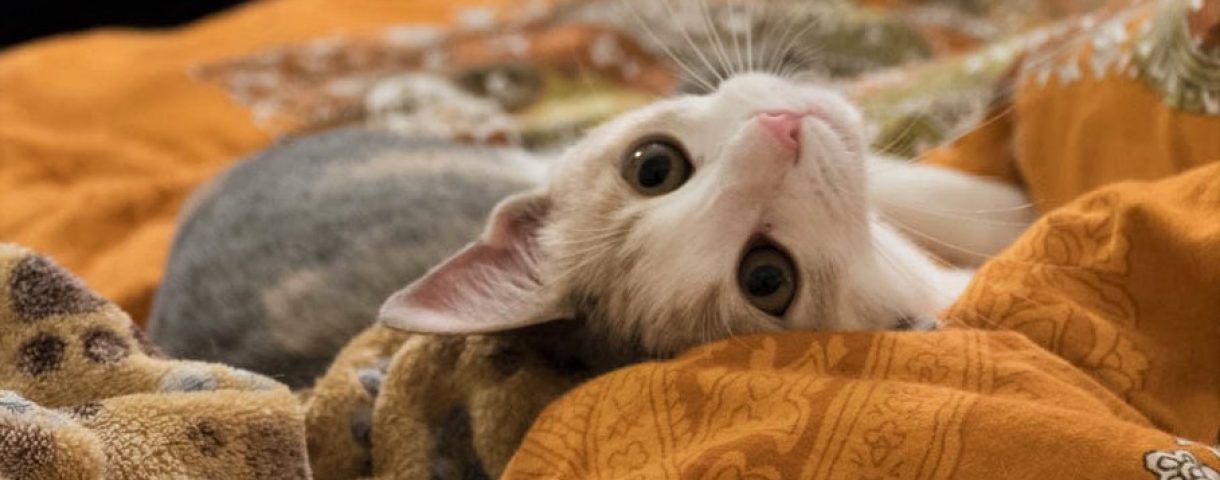This started out as an anti-microwave post. I have never cooked anything in our combination microwave oven and grill, and don’t like to use it even for defrosting (but I do, on occasion). So this morning when I began reading a recent study on loss of nutrients in Brassica vegetables (cabbage family), I was absolutely convinced that microwaving would turn out be the worst cooking method. I already had a catchy title for my post: Don’t Nuke Your Brassicas. Well, I stand corrected (or do I?).
According to a University of Warwick study (http://tinyurl.com/3dmcfh), published in the February 2007 issue of Food and Chemical Toxicology, the worst way to cook Brassica vegetables is to boil them. The study data shows that the boiling of Brassica vegetables for 5 minutes leads to losses of 20 – 30% and for 10 minutes losses of 40 – 50%. And, in fact, 90% of the precious glucosinates ended up in the cooking water. According to the news release on the study (http://tinyurl.com/2h4f57), steaming for up to 20 minutes yielded no significant loss of glucosinate content, nor did stir-frying for five minutes or cooking in the microwave for up to three minutes. Surprise!
Okay, but what about microwave cooking? I then read the abstract of a 2003 study (http://tinyurl.com/adko8) reporting that the worst cooking method for broccoli is microwaving, which involves a flavonoid loss of 97%. Okay, this is what I expected. I should note that a significant nutrient loss was seen also with boiling.
Final consideration: Although the results of these two studies differ in part (boiling versus microwaving), they both confirm that the best way to cook vegetables is to steam them. Well, that is nothing new, right?
A note on glucosinolates. Trust me to find funny-sounding names! Before reading the University of Warwick study, I had never heard of these compounds. According to Wikipedia, glucosinolates are a class of organic compounds that contain sulfur, nitrogen and a group derived from glucose, typical of the Brassicaceae. The cancer-preventive potential of glucosinolates are discussed in the above-mentioned University of Warwich news release and in another 2007 British study (http://tinyurl.com/2mb3jp). The latter study, by the way, confirms the findings of previous ones that raw Brassica vegetables have a higher glucosolinate content than cooked vegetables. Now, that makes sense!
